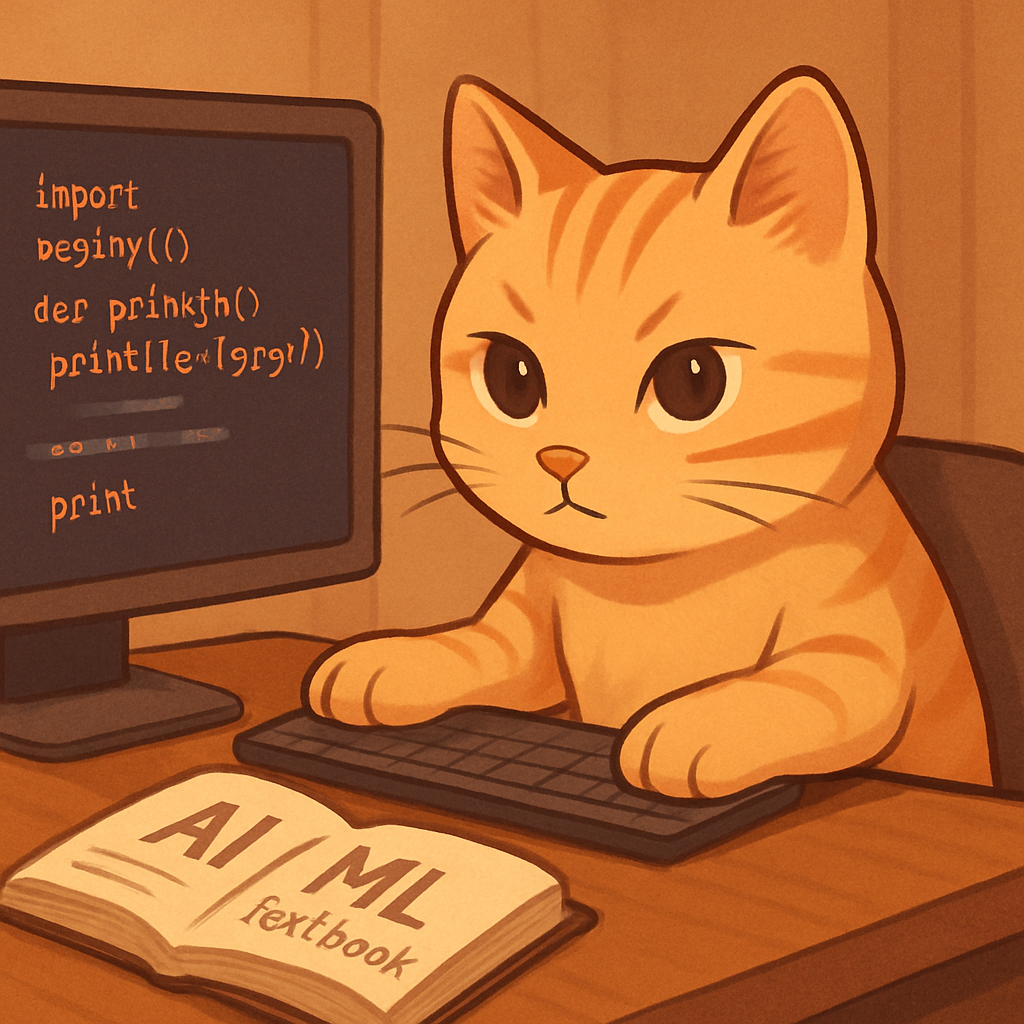Practicing Python String Basics
Why I studied this
I’m learning how to work with strings in Python.
Strings are everywhere in programming, and I wanted to get more comfortable using them, especially with indexing, slicing, and string functions.
What I did
Declaring strings
s = "python string"
s2 = 'hello'
s3 = """
This is
a multiline
string.
"""
I used both single and double quotes. For multi-line text, I used triple quotes.
Indexing and slicing
print(s[0]) # 'p'
print(s[1]) # 'y'
print(s[0:6]) # 'python'
print(s[0:6:2]) # 'pto'
Indexing starts at 0.
Slicing lets me grab parts of a string using [start:end:step].
Escape characters and raw strings
s = "I like star.\nred \nbluestar"
print(s)
s = "apple\t pear\t cherry\t banana"
print(s)
s = r"c:\test\temp"
print(s)
\n makes a new line.
\t adds a tab.
r”…” makes the string treat backslashes as normal characters.
Quotes inside strings
s = "I like \'Python\'"
s2 = 'I like \"Python\"'
I used ' and " to put quotes inside strings.
Printing with sep and end
print("red", "green", "blue", sep=", ", end="!\n")
sep sets what goes between values.
end sets what goes at the end instead of a newline.
String functions: count and find
s = "hobby"
print(s.count("b")) # 2
print(s.find("b")) # 2
count() tells how many times a letter appears.
find() gives the first index of the letter (or -1 if it’s not found).
Finding multiple positions
s = "I like star. red star. blue star. I like star."
pos1 = s.find("star")
pos2 = s.find("star", pos1 + 1)
pos3 = s.find("star", pos2 + 1)
pos4 = s.find("star", pos3 + 1)
By using find() with a starting index, I could search for the next match step by step.
What I learned
I practiced a lot of string features.
I now understand how to slice strings, escape characters, and use functions like find() and count().
I also learned how to use print() in more flexible ways.
What I want to do next
I want to practice replacing strings, using split() and join(), and maybe try formatting strings too.
